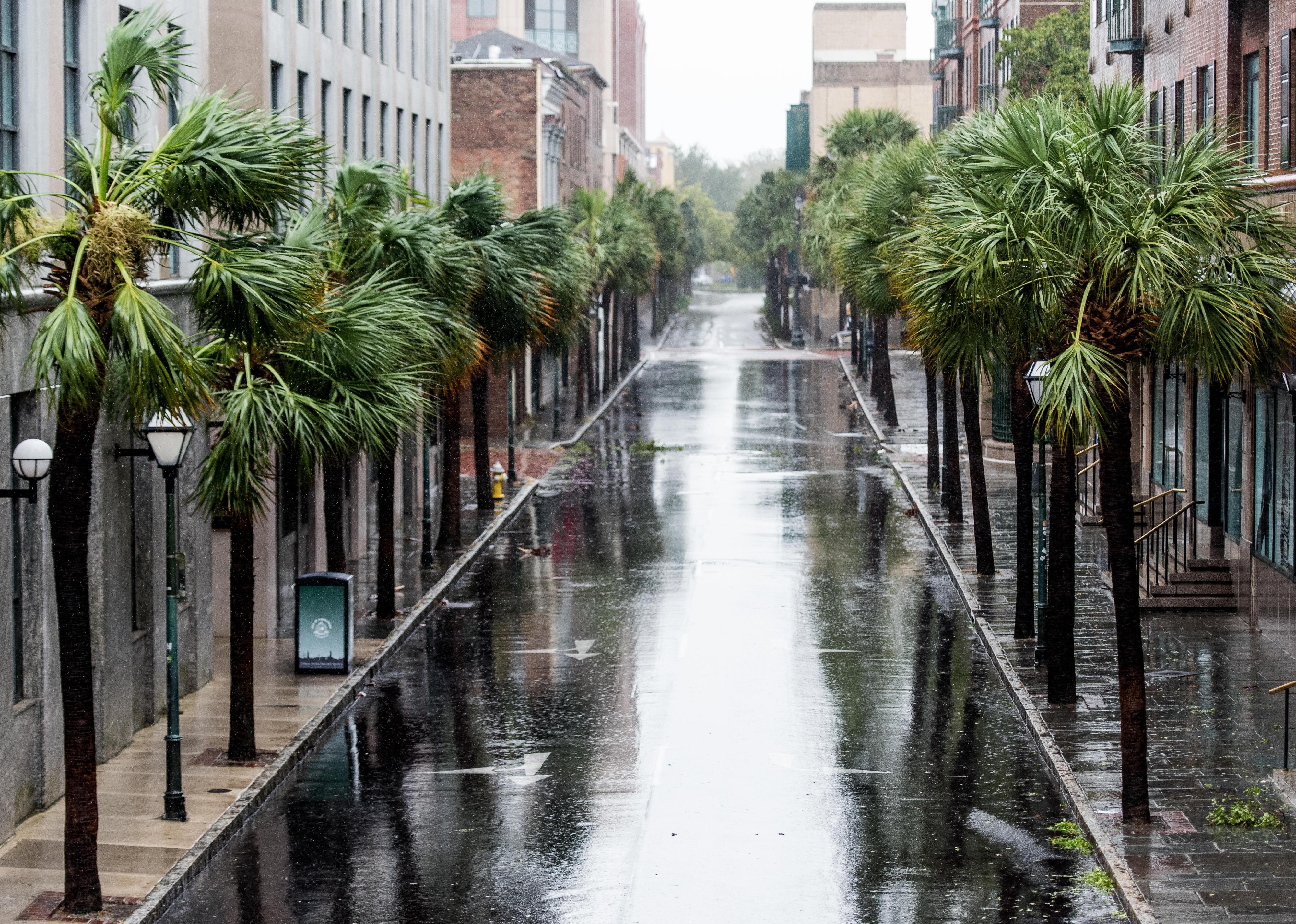
Rising sea levels: How climate change has affected South Carolina
Rising sea levels: How climate change has affected South Carolina
The latest United Nations Intergovernmental Panel on Climate Change (IPCC) report is yet another reminder of the dire effects of climate change. While climate projections often look to the future when discussing the worst impacts of climate change, we are in fact already experiencing its effects across the United States. To better understand how climate change is impacting the country, Stacker compiled a list of the impacts of climate change in every state, using local and national news stories, government reports, and scientific journal articles.
While these impacts are weather-related—for example, heat waves, droughts, or storms—individual weather events cannot be attributed to climate change on their own. Rather, it is when these events are seen within larger trends that they can be understood as part of a pattern that has come out of the changing climate.
Keep reading to learn about how your state has been impacted by climate change, or read the national story here.
South Carolina: Rising sea levels
The sea level around the city of Charleston, South Carolina, has risen 10 inches since 1950, and forecasts predict that by 2030, it will have risen another 6 inches. Since 2000, flooding across the state has increased by 75%, and there are already more than 90,000 properties at risk from this flooding. In order to prevent damage, South Carolina is planning to spend over $2 billion for sea level rise solutions, such as raising roads, beach renourishment, seawalls, and improving drainage.
Across the country, there are trends of rising temperatures, storms of increasing frequency and severity, and more erratic precipitation patterns, causing disruptions to the food systems and sometimes even resulting in death. While the U.S. government has set a target to reduce greenhouse gas emissions by at least 50% by 2030, it is clear that the climate emergency is already taking place, and along with emissions reductions, mitigation of the impacts of climate change must be prioritized as well.
Read below to see how other states in your region have been affected by climate change.
Georgia: A threat to peaches
Since 1960, Georgia's average winter temperature has increased by 5 F. That is a problem for Georgia's state fruit, the peach. Peaches need chilly conditions, generally under 45 F, in order to be properly ready for summer harvest. Given how the temperatures are rising, Georgia's peach industry could be gone by 2100.
North Carolina: Billions in storm damage
North Carolina saw two 500-year storms—storms so severe that they historically only took place once every 500 years—within 23 months of one another in 2016 and 2018. Hurricane Matthew, which hit North Carolina in October 2016, cost the state roughly $1.5 billion, and Hurricane Florence, which hit in September 2018, cost around $2 billion. In response to climate change, which contributes to the frequency and severity of these storms, North Carolina Gov. Roy Cooper issued Executive Order No. 80, which calls for a 40% drop in greenhouse gas emissions in the state by 2025, establishes the North Carolina Climate Change Interagency Council, and directs state agencies to take actions to reduce emissions.



